Understand Exposure in Under 10 Minutes
A Post By: Annie Tao
 There are countless Photography books and classes that explain exposure, yet after reading or attending them, your photos may not have improved because…well, let's be honest… some of us Right-Brainers aren't super technical!
There are countless Photography books and classes that explain exposure, yet after reading or attending them, your photos may not have improved because…well, let's be honest… some of us Right-Brainers aren't super technical!
I recently taught a small photography class to newbies. I thought hard about how I could explain exposure in the simplest way possible. I found that a parallel example of something relatable was the best way to convey the different aspects that impact exposure.
I tested this theory by explaining exposure to my 8-year old daughter and then quizzed her. She proved the theory was a success by grasping the concepts within 10 minutes. So I'd like to share my lesson with you so you can understand exposure in under 10 minutes!
A 10-minute lesson that will change your Photography
Your DSLR camera is like your head with the LENS being your vision and the camera BODY is your brain. Your vision sees things and your brain records the details.
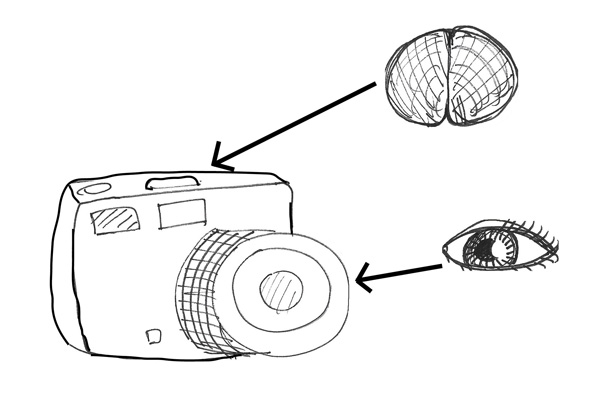
Just like when you look at something – let's say, a flower – your eyes see it and send information to your brain that the flower has long petals and that it is yellow. If you looked at it too quickly or it was too dark, for example, the information your brain records is compromised.
The "exposure triangle" is about how 3 things — aperture, shutter speed and ISO — work together to provide enough light for your brain (the camera) to record what you see. You need the right combination of these 3 components to have perfect exposure.
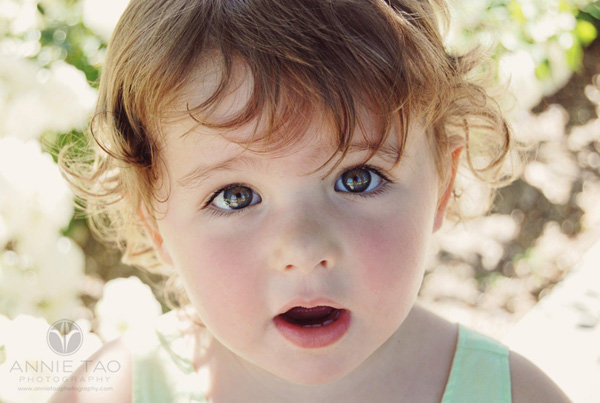
Good exposure
For example, if you don't let in enough light, you won't see things very well because it'll be too dark (underexposure).
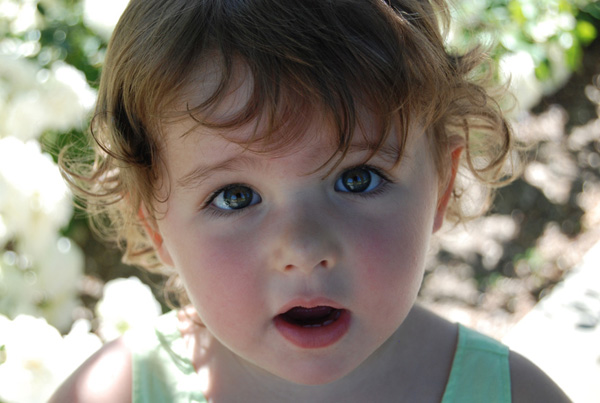
Too dark, or underexposed
If you let in too much light, then it'll be too bright and you can't see a lot of the details (overexposure).
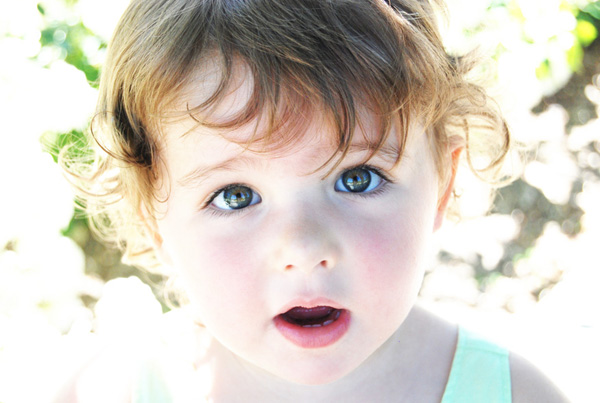
Too bright, or underexposed
APERTURE = how WIDE you open your eyes
A small aperture (a large f-stop or f-number, like f/22) is like squinting. A large aperture (a small f-stop or f-number, like f/1.4) is like having "bug eyes".
Quiz: If you are shooting in low light, how wide do you open your eyes? Will you see well at night if you are squinting (small aperture)?
Quiz: What happens on a super bright day if your eyes are wide open and they're open for a long time (slow shutter and large aperture)? Can you see well then?
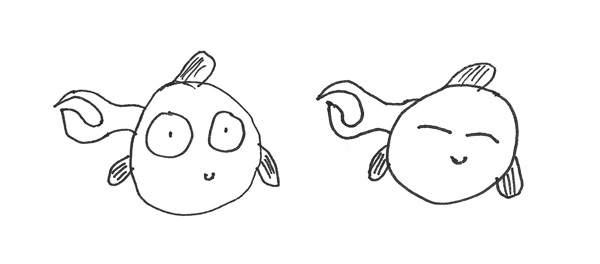
Aperture is how big you open your eyes – bug eyes, or squinting
SHUTTER SPEED = how LONG you open your eyes
A fast shutter, like 1/1000th of a second, is blinking super fast. A slow shutter speed, like 2 seconds, is keeping your eyes open and then blinking. The thing to remember is: your brain is recording everything when your eyes are open. So if you or something you're looking at is moving, and your eyes are open a long time (slow shutter), then your brain will record a blurry image.
Quiz: If you want a crisp shot of someone jumping, how long do you need your eyes open? What will freeze the shot: a quick blink (fast shutter) or a slow one (slow shutter)?
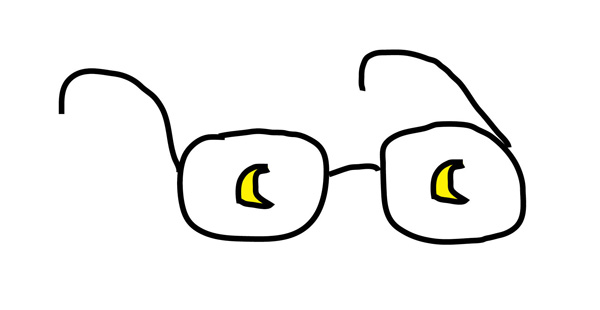
ISO special glasses
ISO = special glasses that help you see in the dark
ISO is like the opposite of sunglasses. Let's call them MOONglasses! ![]()
The higher the ISO, the thicker your moonglasses, so the more you are able to see in low light. You need thick moonglasses (high ISO) when shooting indoors or at dusk. You need very thin moonglasses (low ISO) when it's a sunny day.
Quiz: do I need thick, thin or medium moonglasses if I'm shooting at the beach on my lunch break?
All 3 of these things work together
Here is an example: You are photographing your sleeping cat who is snuggled on the couch. There is not much light coming through the windows or additional ambient light. To see well, you have medium-to-thick moonglasses on (such as ISO 600). You need to have your eyes open pretty wide (large aperture, such as f/1.4). However, you don't have great vision (you have a kit lens that only goes up to f/4.5), so you need more light to see. Thus, you leave your eyes open longer (slow shutter speed, such as 1/30th sec).
Final Quiz:
- In the same scenario, your cat notices you are snapping photos, so she starts walking away and leaps off the couch. You still want to photograph her. Which would you change: how open your eyes are (aperture), how long you leave your eyes open (shutter speed), or thickness of your moonglasses (ISO)?
- If you increase your shutter speed because you want to freeze the image, what else would you need to change? (If you changed nothing else, the image would be too dark because you let in less light.)
Once you get the basic concept of exposure and how the three components of the exposure triangle (aperture, shutter speed and ISO) work together, turn your DSLR camera to "manual" and practice the specific settings based on different circumstances.
No comments:
Post a Comment